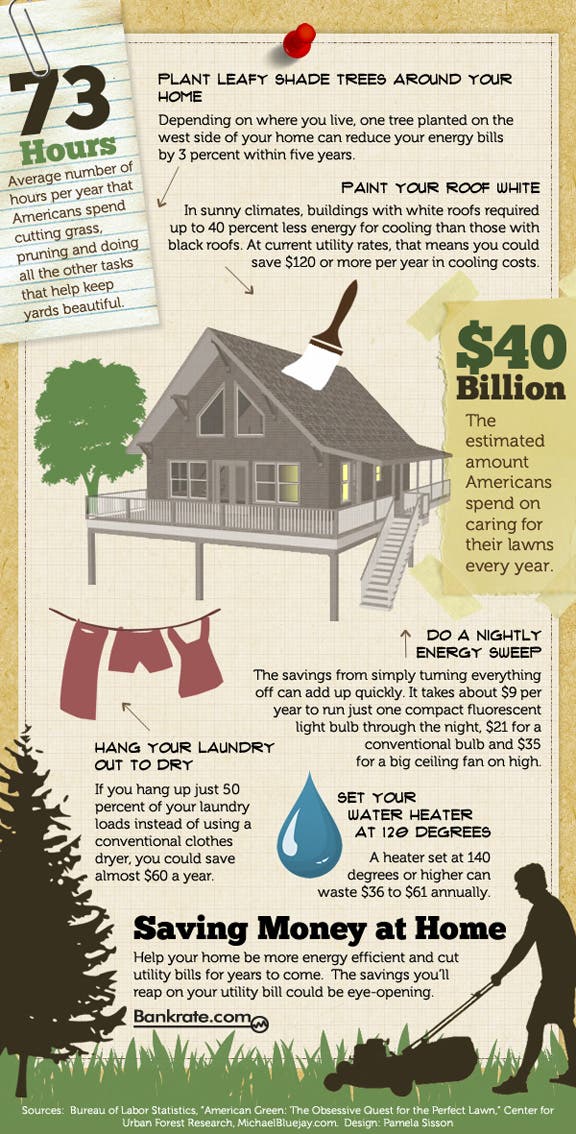Determine Important Signals That May Recommend Your Tree Is Unsafe; Understanding These Can Help Ensure The Safety Of Your Residential Or Commercial Property And Loved Ones.What Should You Observe Next?
Determine Important Signals That May Recommend Your Tree Is Unsafe; Understanding These Can Help Ensure The Safety Of Your Residential Or Commercial Property And Loved Ones.What Should You Observe Next?
Blog Article
Produced By-Velling Emerson
When it comes to tree care, identifying the indicators that it's time for removal is necessary for your security and building. You could discover discolored leaves, wilting branches, or weird fungal growths showing illness. Tree Removal Estimate , like a considerable lean or cracks in the trunk, can likewise pose threats. Understanding these warning signs can aid you make notified decisions regarding your trees and stop potential threats prowling in your yard. What should you try to find next?
Indications of Degeneration and Illness
When you observe indications of degeneration and illness in your trees, it's vital to act swiftly. Search for blemished fallen leaves, wilting branches, or unusual developments like fungi. These can indicate that your tree is having a hard time.
If you see cracks in the bark or soft, mushy wood, these signs suggest interior degeneration. Furthermore, an unexpected rise in pests around your tree can signal that it's weakened and prone.
Check for any kind of dead or dying limbs, as they pose a threat to your property and security. If you doubt regarding what you see, speaking with an arborist can offer quality.
Addressing these indications early can save you from more comprehensive damages and guarantee the health and wellness of your yard. Do not wait till it's too late.
Structural Instability and Leaning
As you observe your trees, keep an eye out for any type of signs of structural instability or leaning. If a tree leans considerably, it might show that the root system is endangered.
Look for any type of splits in the trunk or dirt around the base; these can signify potential failing. In addition, look for unusual development patterns, like an unbalanced crown, which may suggest that the tree is having a hard time to hold itself upright.
If you notice that the tree leans toward your home, power lines, or various other frameworks, it positions a greater danger. Don't ignore these indicators-- get in touch with an arborist to assess the situation.
Acting early can prevent expensive damages and ensure your safety and security.
Dead or Perishing Branches and Vegetation
If you see dead or dying branches and foliage on your tree, it's a clear indicator that something's wrong.
These undesirable locations can suggest underlying problems like disease, bug invasions, or environmental tension. When branches shed their leaves or transform brownish, they're no more contributing to the tree's health. Disregarding these indicators could cause more decline, making your tree a lot more harmful.
go to the website can conveniently break short during storms, posturing a danger to residential or commercial property and individuals nearby. It's essential to assess the degree of the damage.
If the problem affects a significant part of the tree, consider getting in touch with an expert. They can aid establish if elimination is essential to guarantee security and preserve the charm of your landscape.
Final thought
If you see any type of indications of decay, structural instability, or dead branches on your trees, don't disregard them. These indicators can posture serious security dangers to you and your home. It's always best to get in touch with an expert arborist that can provide an expert analysis of your trees. Taking action early can prevent mishaps and expensive damages, ensuring your landscape remains risk-free and healthy. Keep in mind, it's much better to be proactive concerning tree care than to wait on a calamity to take place.
